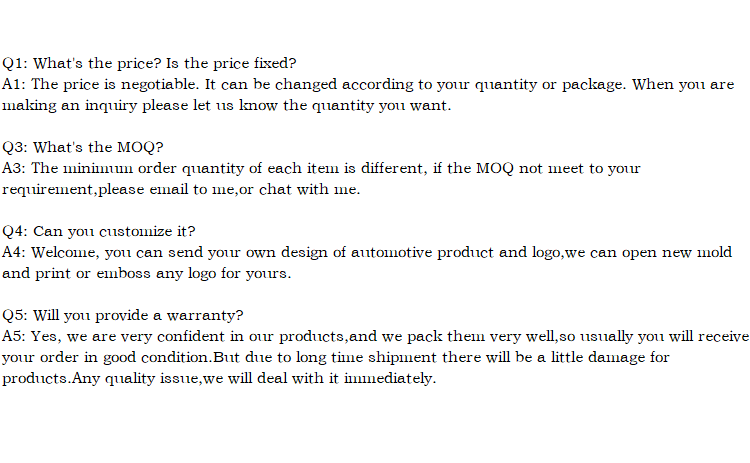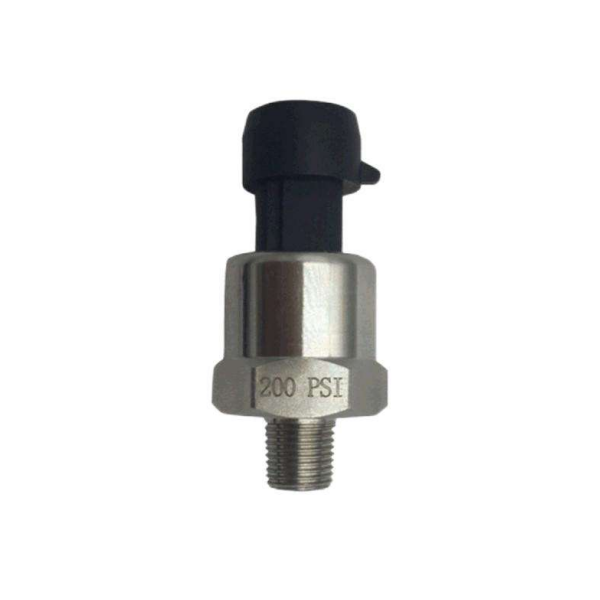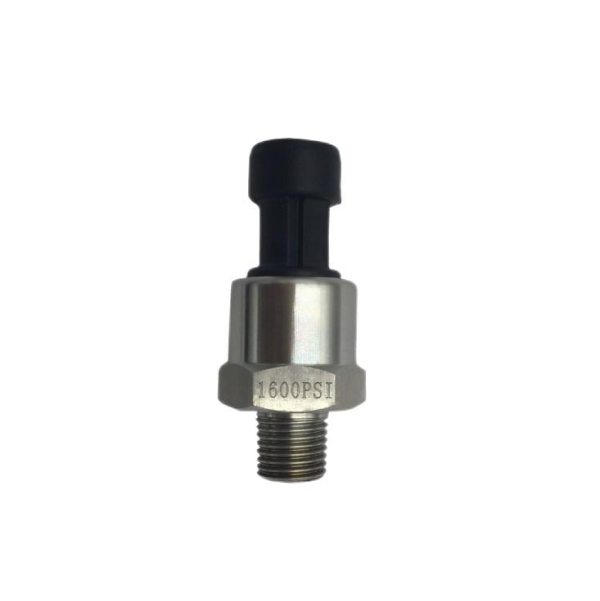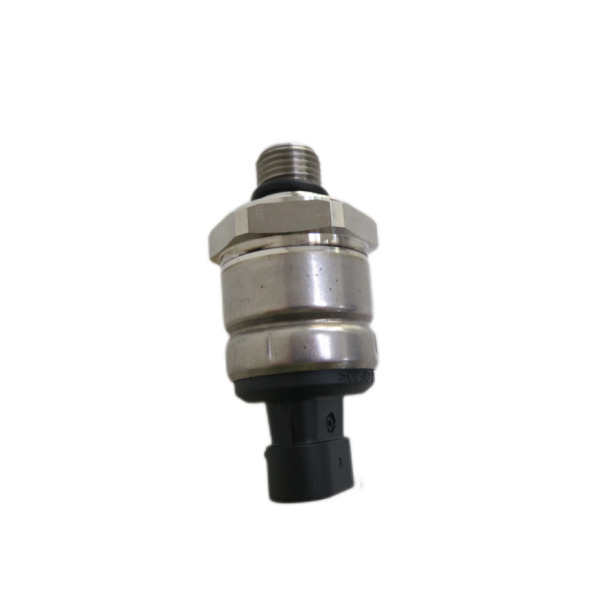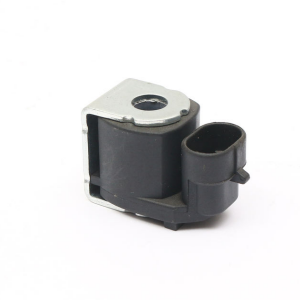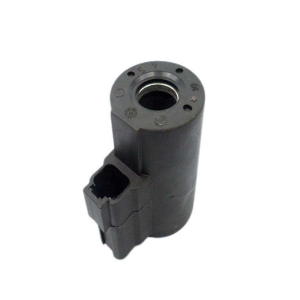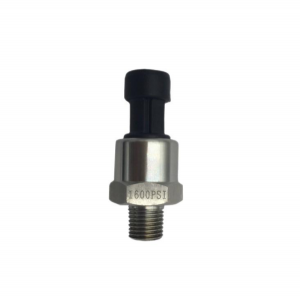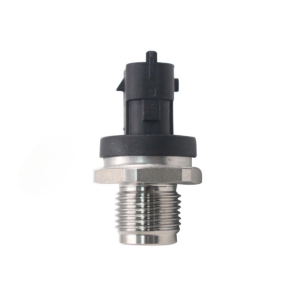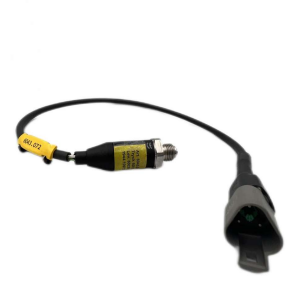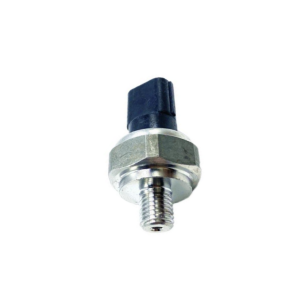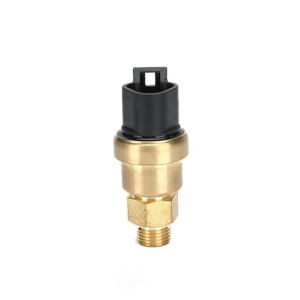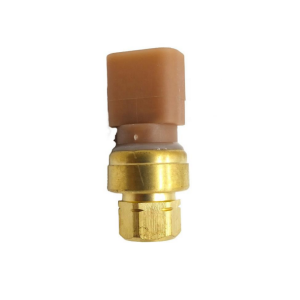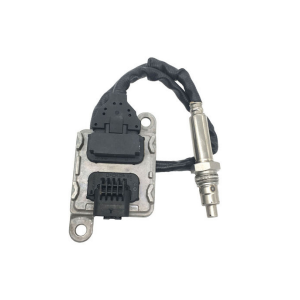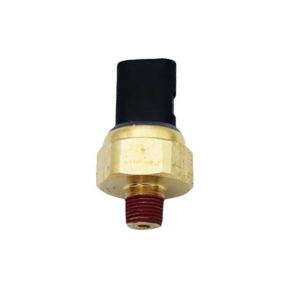0281006035 31401-2F000 Common rail pressure sensor for Hyundai Kia 2.0L 2.2L
Details
Marketing Type:Hot Product
Place of Origin:Zhejiang, China
Brand Name:FLYING BULL
Warranty:1 Year
Type:pressure sensor
Quality:High-Quality
After-sales Service Provided:Online Support
Packing:Neutral Packing
Delivery time:5-15 Days
Product introduction
Whether you drive a car or not, people who have a car should know that the car is composed of many objects, and the pressure sensor is a part of it, what are the applications of pressure sensors in the car?
1. Intake/exhaust management system
The automobile engine management system needs to inject the right amount of fuel into the cylinder at the right time, so that the fuel can be fully and effectively burned to achieve the best combustion efficiency and reduce pollution. The ECU in the engine manager makes decisions based on a series of sensor signals, such as crankshaft position, camshaft position, air flow, intake manifold temperature, intake manifold pressure, etc. The intake manifold pressure sensor is a pressure sensor working in absolute pressure mode, and the ECU calculates the amount of fuel to be injected according to the pressure signal, so as to obtain the best air-fuel ratio during the combustion process.
2. Fuel steam management system
Because the evaporation of fuel oil is one of the main causes of hydrocarbon emissions, some states in the United States mandate the management of fuel vapor in vehicles. When you fill up your car at a gas station, fuel vapor is emitted directly into
In the atmosphere, this is not environmentally friendly and wastes fuel. The steam from the fuel tank of the vehicle equipped with the fuel steam management system enters the activated carbon tank through the separation valve through the pipeline. The activated carbon in the activated carbon tank is porous and has a large surface area, which can be sucked
With a lot of fuel vapor molecules. The activated carbon tank is connected to the intake manifold of the engine. When the engine is running at the intake stroke, the piston movement causes the intake pipe to produce low pressure. Under the suction force of the intake manifold, the air is activated
The fuel steam molecules adsorbed in the activated carbon tank are sent to the engine for combustion, so that they can be fully applied and the adsorption capacity of activated carbon in the activated carbon tank can be restored. A micropressure sensor (gauge pressure mode) is needed in the fuel vapor management system to detect whether there is a fuel vapor leak.
Product picture
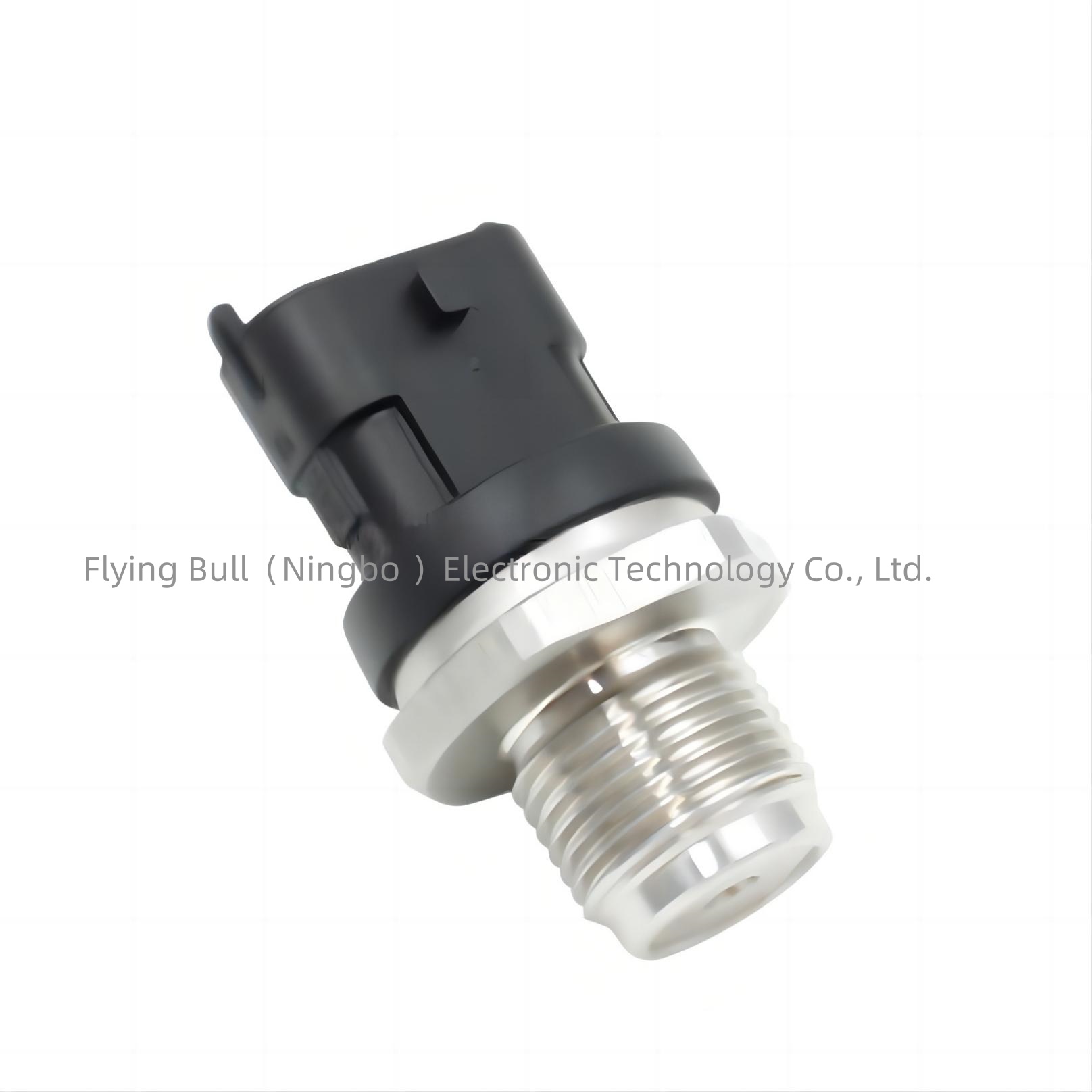
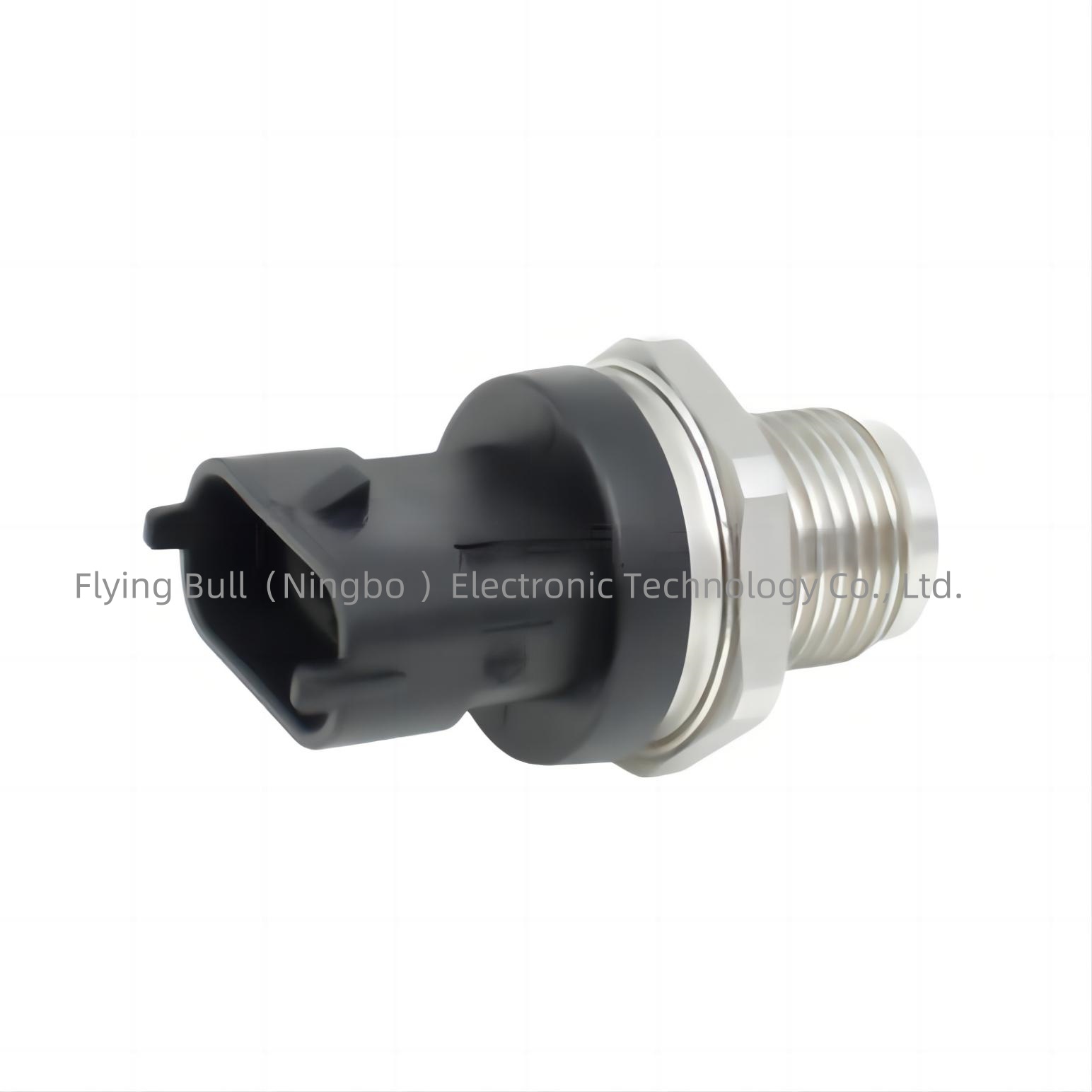
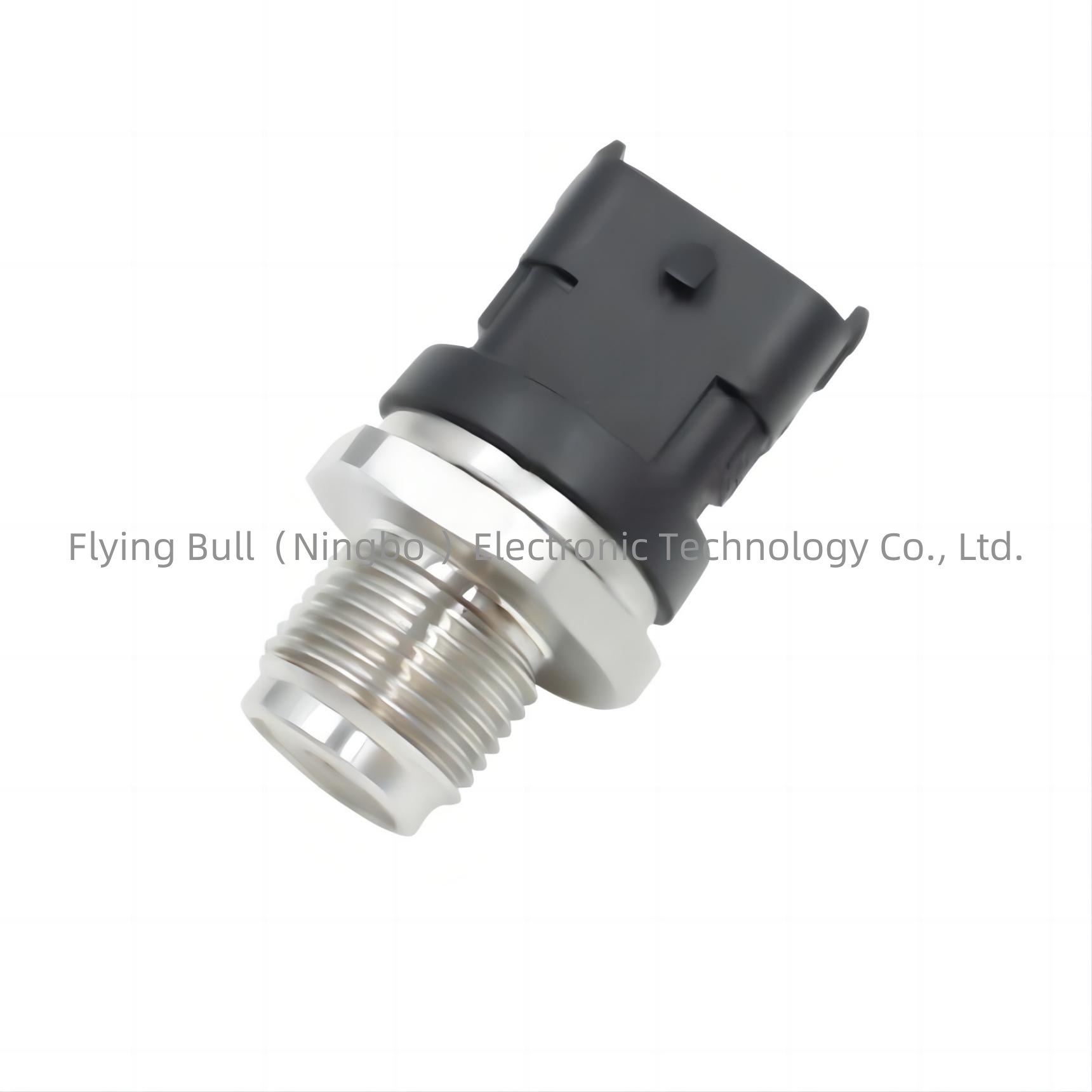
Company details







Company advantage
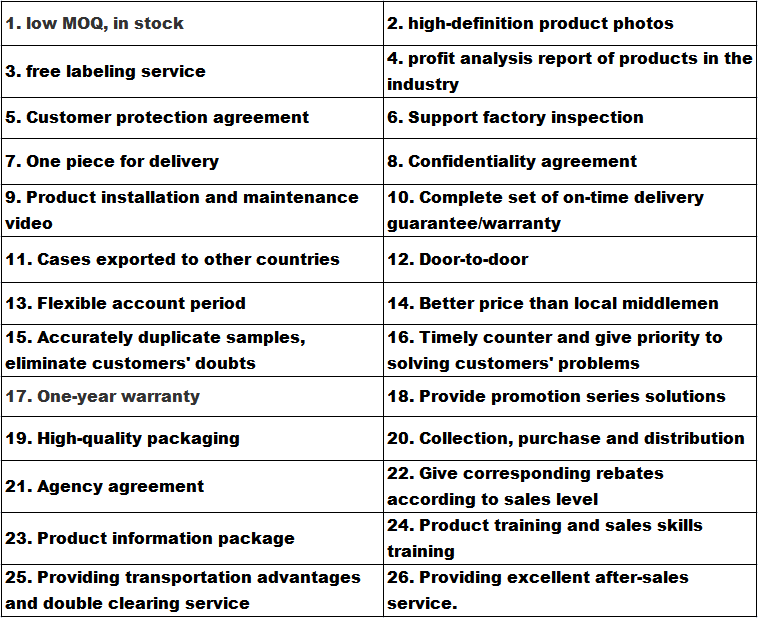
Transportation

FAQ
